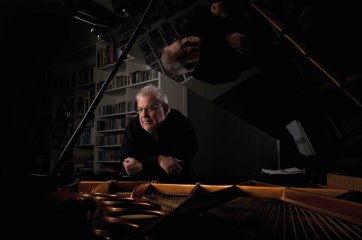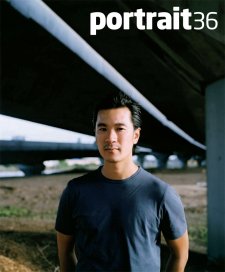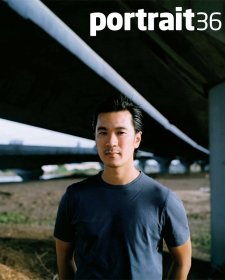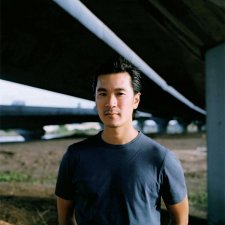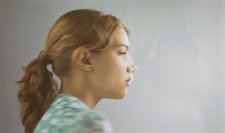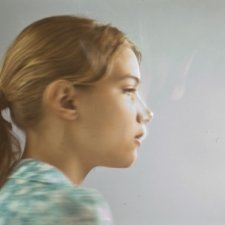Music that is warm, flowing, enveloping, soothing and salving – Paul Grabowsky’s jazz compositions for the Hush music collection commissioned by Dr Catherine Crock for the Royal Children’s Hospital in Melbourne are used in children’s wards across Australia.
‘They are dedicated with the deepest respect to all health care workers, but particularly those who work with our children’ Grabowsky says. His collaboration with the group Lost and Found (with Jamie Oehlers on saxophone, Grabowsky on piano and Dave Beck on drums) has a different beat – purely improvised, burnished, with energy that propels forward at a jogging tempo. Music reviewer John McBeath says ‘the trio’s integration is extraordinary’, their music is ‘a superb example of contemporary, advanced Australian jazz’.
‘My love affair with jazz started at the time when most first serious love affairs start’, Grabowsky says, ‘namely at sixteen’. At Wesley College high school in Melbourne during the early 1970s, school jazz ensemble teacher John Lee encouraged teenaged Paul to persevere with his music practice. ‘It didn’t take long before I realized that jazz was the music that I was destined to play’, Grabowsky recalls. ‘I think it was the marriage of rhythm and line that swept me away.’
Composer and musician Paul Grabowsky was born in New Guinea in 1958 while his father was working for New Guinea Goldfields. Young Paul began taking piano lessons at the age of five and continued studying piano with Mick Jost into his twenties. He dropped out of university for jazz in the mid 1970s, jamming and working with Melbourne’s cabaret artists, including Robyn Archer. ‘In 1980 I flew to London’, he says, ‘whence after various adventures I went to Spain and then to Germany where I lived until 1985. These were my apprenticeship years, a wonderful period during which I lived and worked as a jazz musician based in Munich which at the time had a thriving scene based around a few good clubs.’
Returning to Melbourne in 1986, Grabowsky began working with the film industry, producing scores for films by Gillian Armstrong, Fred Schepisi and Paul Cox. At the same time he founded the Melbourne Jazz Co-operative which backed many visiting stars. His next band was The Wizards of Oz followed soon after by the Groovematics, who recorded several albums and played for three years on Tonight Live with Steve Vizard. Grabowsky is the founder of the Australian Art Orchestra with which he tours both nationally and internationally. He has won numerous awards including several arias, and has made over twenty-five recordings in Australia and abroad. From 2005 to 2007 Grabowsky was Artistic Director of the Queensland Music Festival and he is currently Artistic Director of the Adelaide Festival for 2010 and 2012.
The National Portrait Gallery asked photographer Martin Philbey to create a portrait of Grabowsky which resulted in two photographs that capture two different moods. ‘I really wanted to capture Paul in his working environment’, Philbey says, that is ‘the space where a thought or an idea becomes something more tangible’. In one portrait Grabowsky is enveloped by the rich dark tonality of the lustrous surfaces of his piano. The other shot was more opportunistic. ‘I really liked the idea of capturing an image of him at the moment of artistic creation – a moment when an idea transforms from a thought into music’, Philbey explains. ‘The small lights in the background are a metaphor for the musical notes swirling around in the creative atmosphere of Paul’s workspace.’ The portrait commission was created with funds generously provided by Patrick Corrigan AM.

